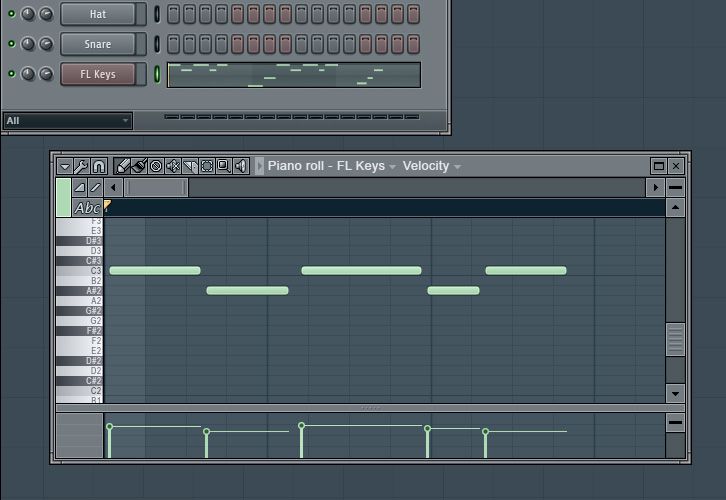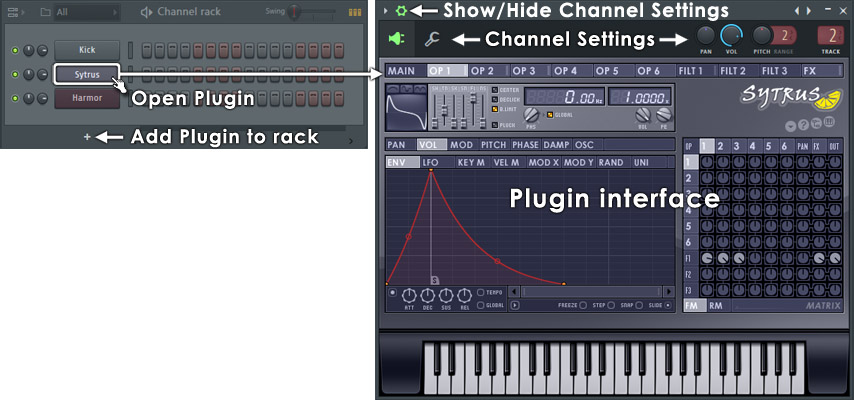
In ShaperBox 1, FilterShaper 3, MidiShaper or PanCake, select a 'MIDI Triggered' or 'MIDI 1-Shot' triggering mode. Thus, the LFO can be triggered in any rhythm you like - sidechain your bassline to a non-4/4 kick drum pattern, for example. When this technique is used, the LFO will play from the beginning every time a MIDI note is received. Hope this was helpful.In this guide, you will learn how to use MIDI notes in FL Studio to retrigger LFOs in ShaperBox (TimeShaper, FilterShaper Core, VolumeShaper, PanShaper, WidthShaper, CrushShaper), VolumeShaper 3, PanShaper 1, FilterShaper 3, MidiShaper and PanCake. You can find pygame for windows as well as the mido installation page easily by googling. I finally decided to install pygame (3rd option) for windows and then set that as my backend using: t_backed("") However, for windows, I was having LOTS of trouble trying to work with portmidi or the other option. On linux I simply followed the instructions on their installation page to install portmidi and it worked great. In order to read or write to midi devices you need to have a "mido backend" installed.

Thus, when your python program writes to the device FL Studio reads it as midi input!Īlas, I did have some trouble setting up mido on my windows machine and so I thought I would give you a pointer. Similarly, in FL Studio I have enabled the LoopBe Internal MIDI device. Now, how does this interface with FL Studio? I have installed LoopBe1 Virtual Midi Driver, and so when I run the above code the LoopBe Internal Midi device shows up. Once you know what your device name is you can do: output = mido.open_output(names)

To see what midi devices are available to output too. I believe this assumes that a default device is set however, so you may need to run: names = mido.get_output_names() I was just looking to accomplish your exact task and came across the python "mido library".


 0 kommentar(er)
0 kommentar(er)
